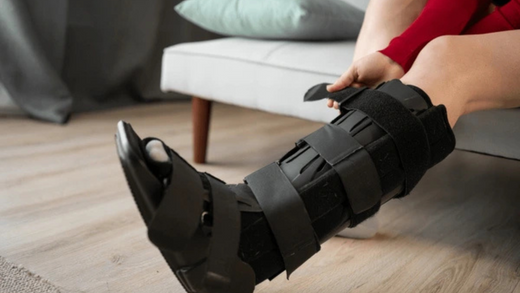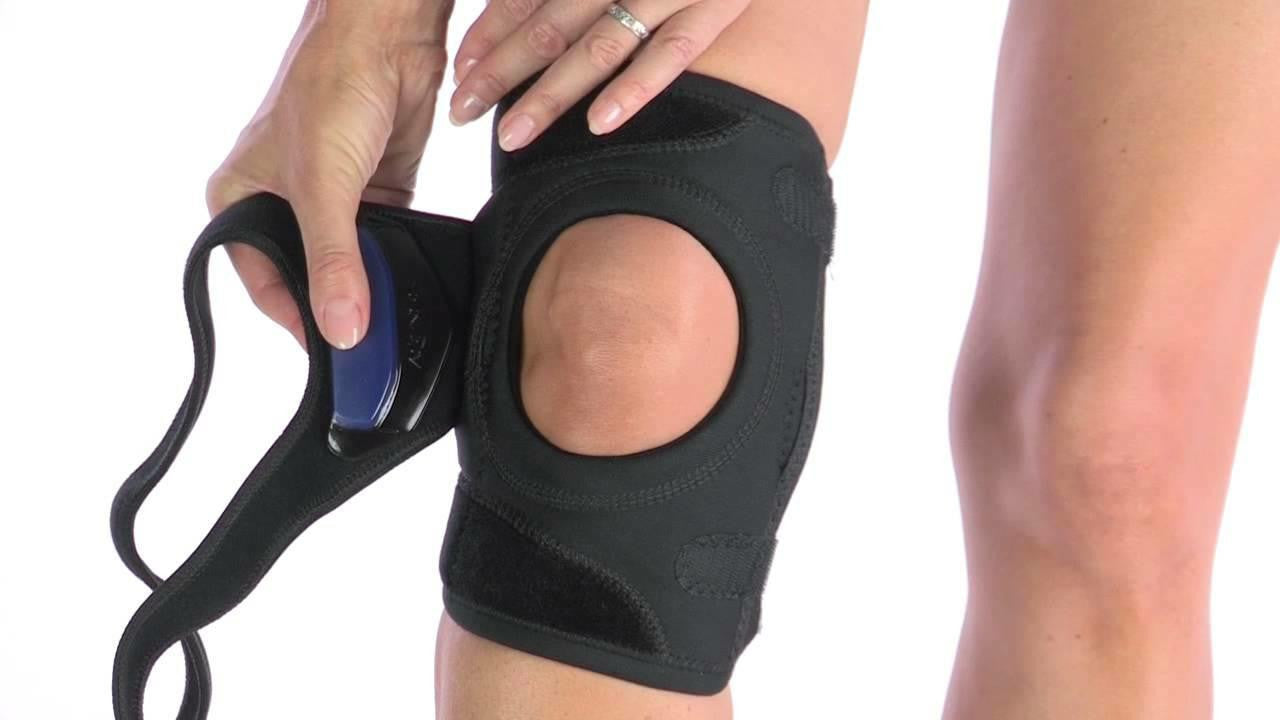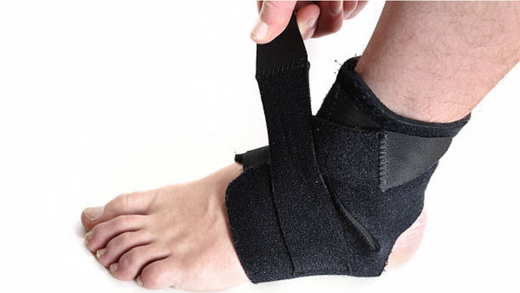It can be overwhelming searching for any type of assistive device, especially because there are many to choose from. When searching for ankle braces there are many things you should be taking into consideration. Injuries to the lower body are quite common across all age groups and demographics. Here we will be discussing the key features that you will need to attend to when selecting the right brace for specific outcomes.
Reasons for purchasing an ankle support
Due to the complexity of the ankle joint, many injuries can occur in this region. If you are someone who is highly active and wants to prevent any injuries it would be smart to purchase a support. Injury prevention is a common reason that a person would start to look for reinforcement of the joint.
Walking or doing any physical activity on a painful joint will always be non-beneficial and may even steer a person away from participating in physical activity. In times when most of the population is sedentary for the majority of the day, any way to improve activity levels should be added into practice. If the ankle joint is in pain a person may look into purchasing a support product that will be able to allow them to partake in daily walking and physical activities.
Certain indications such as arthritis, sprains, inflammation, and plantar fasciitis are all examples of where additional reinforcement for the ankle joint will be needed. It has been shown that adding this additional support to the joint can help increase the mobility and strength of the joint as a whole.
What level of support do you need?
Mid to Low-level Support:
Based on your reasons for needing one, there are varying levels of support that one can receive from ankle support braces. Soft supports are quite common for injuries to this joint. This is because the material used is dynamically moveable and is comfortable for use during physical activity. A good one will most likely have Medical Grade Compression which is beneficial for the reduction of inflammation, swelling, and pain. These products also tend to have silicone to further reinforce the joint and also provide a massaging effect. With this type, you will have no trouble fitting into your shoes.
Middle-level support:
Figure-8 Supports are common with sprains/strains. This type locks the joint into place and does not allow excessive movement, but it does allow some. This style would be a step up from the soft supports discussed earlier. The figure-8 design of this style is based on athletic ankle-taping techniques that are commonly used. If medical grade compression is not enough, healthcare practitioners may recommend using a Figure-8 style support. Most will still be a sleeve style with added-on straps to achieve the Figure-8 that will support the joint and not allow any rolling over. With this type, you should be able to fit comfortably in shoes while wearing it, although you may need to loosen the shoes for a more relaxed fit.
High-level support:
Rigid supports are most often used when there is a serious sprain/strain within the joint or if there is a fracture of some kind. This style will immobilize the joint allowing it to recover and significantly reducing the risk of re-injury. Most often a soft support is recommended after using a rigid support. This is to allow the joint to regain some of the range of motion (ROM) without having zero support. With this type, you may have a hard time fitting it into regular shoes. With Air Casts they will act as the shoe.
Try it on!
Now that you have selected a style based on the amount of support you need. There are a few things to consider once your product has arrived. You will want to be sure that it fits correctly. This means that there is no gap between the material and your skin. There should be constant support felt throughout the whole joint. With this being said you will also want to make sure that it is not too tight. The product should never be cutting off circulation or leaving large indentations on the skin. The correct fit will feel snug, supportive, and comfortable.
Overall the main aspects one should consider when buying an brace are: type and level of support needed, what condition or problem are you trying to resolve with this particular product, and finding the proper fit. Once all of these tasks are completed and taken into consideration you will have hopefully found a product that is going to help ease any pain and/or discomfort and assist in your return to everyday pain-free living!





Leave a comment
This site is protected by hCaptcha and the hCaptcha Privacy Policy and Terms of Service apply.